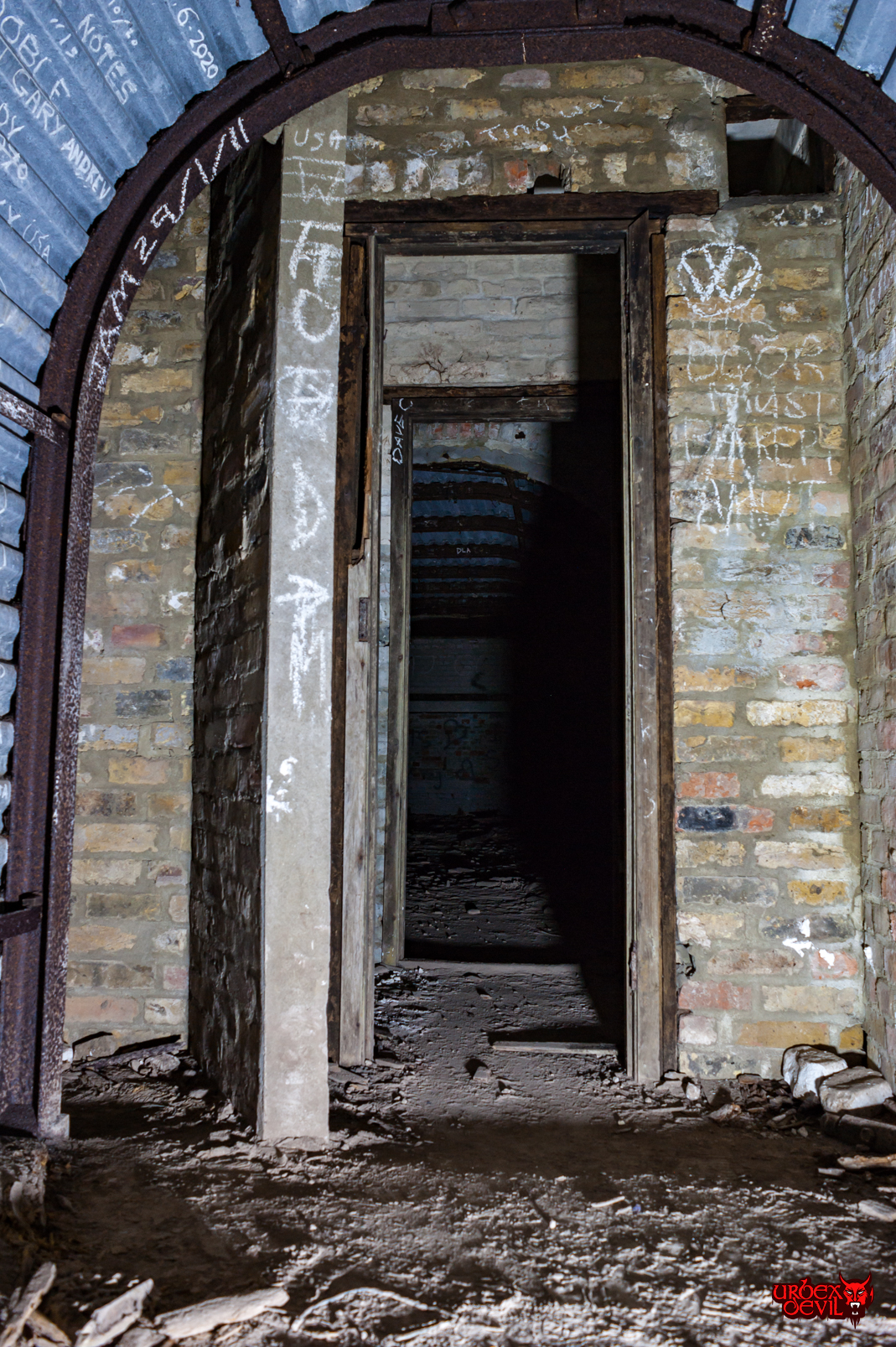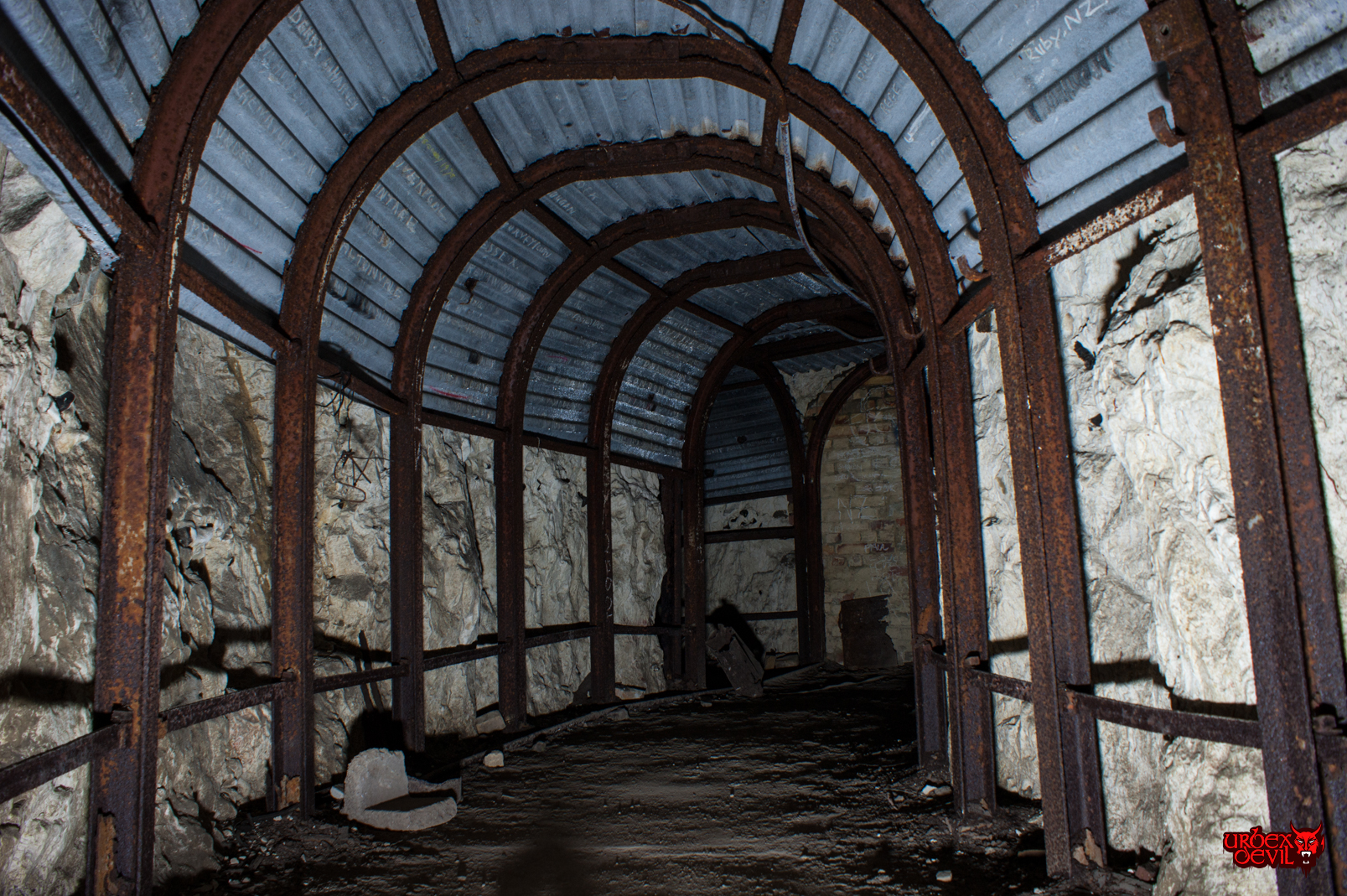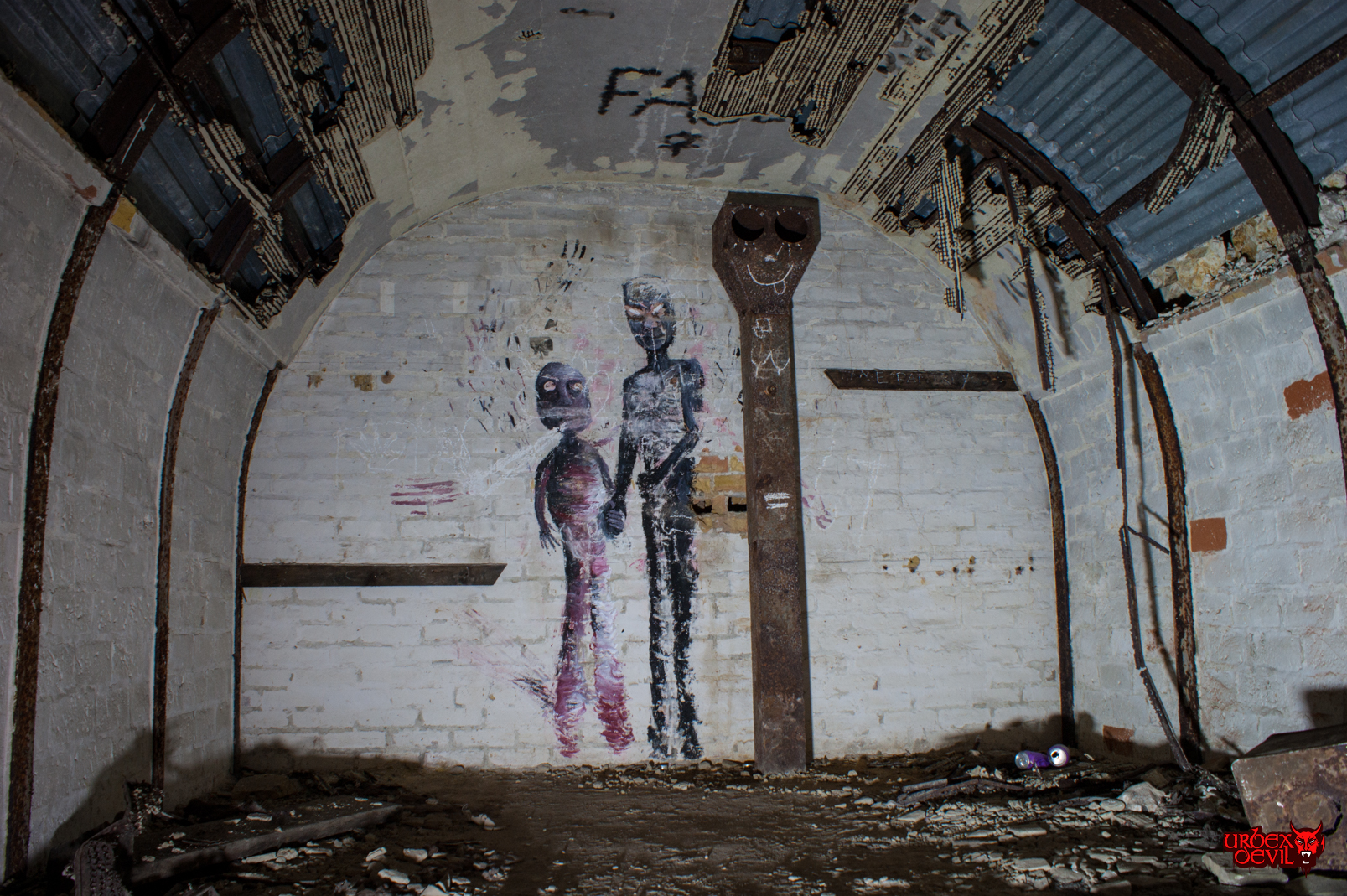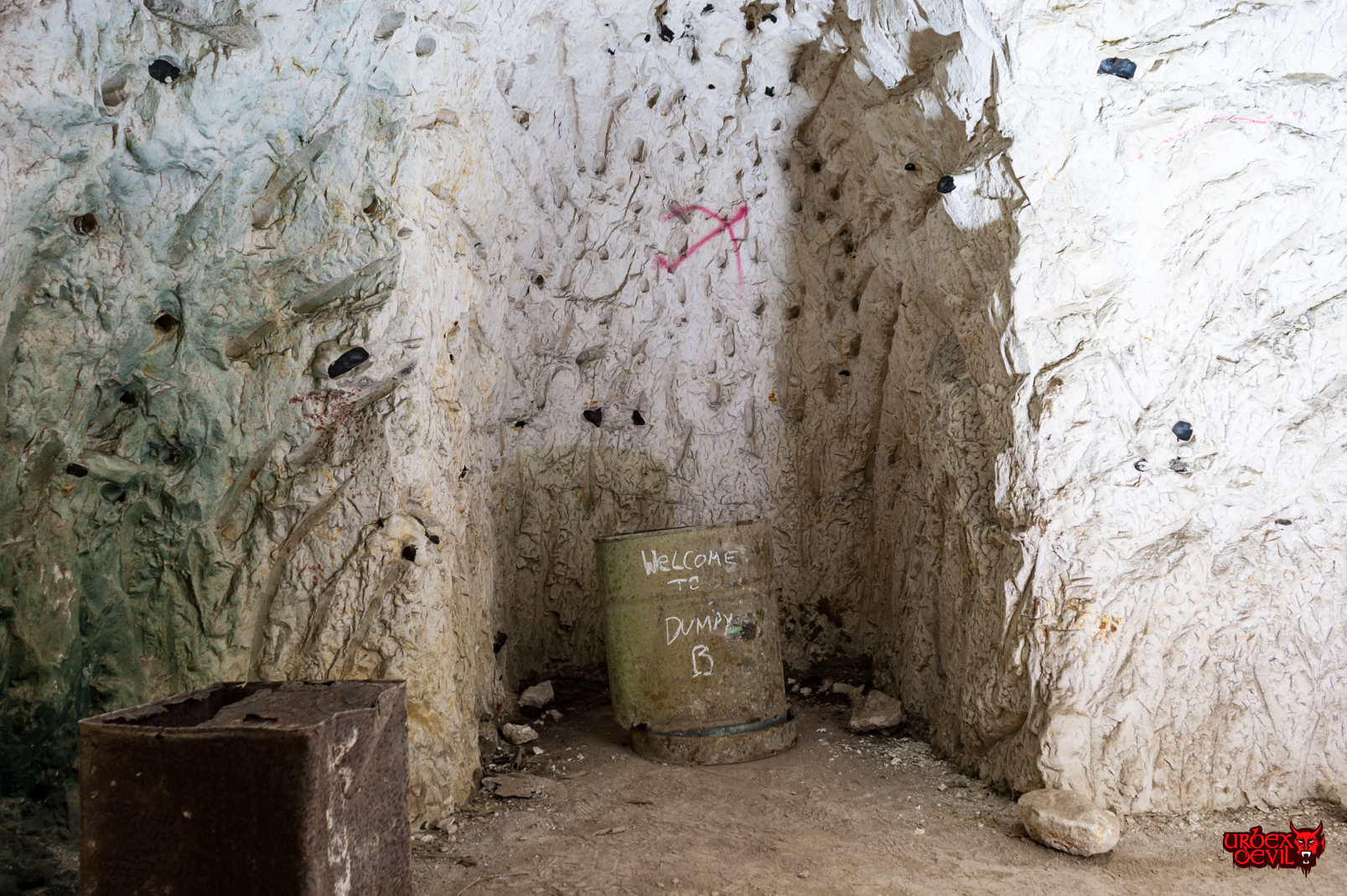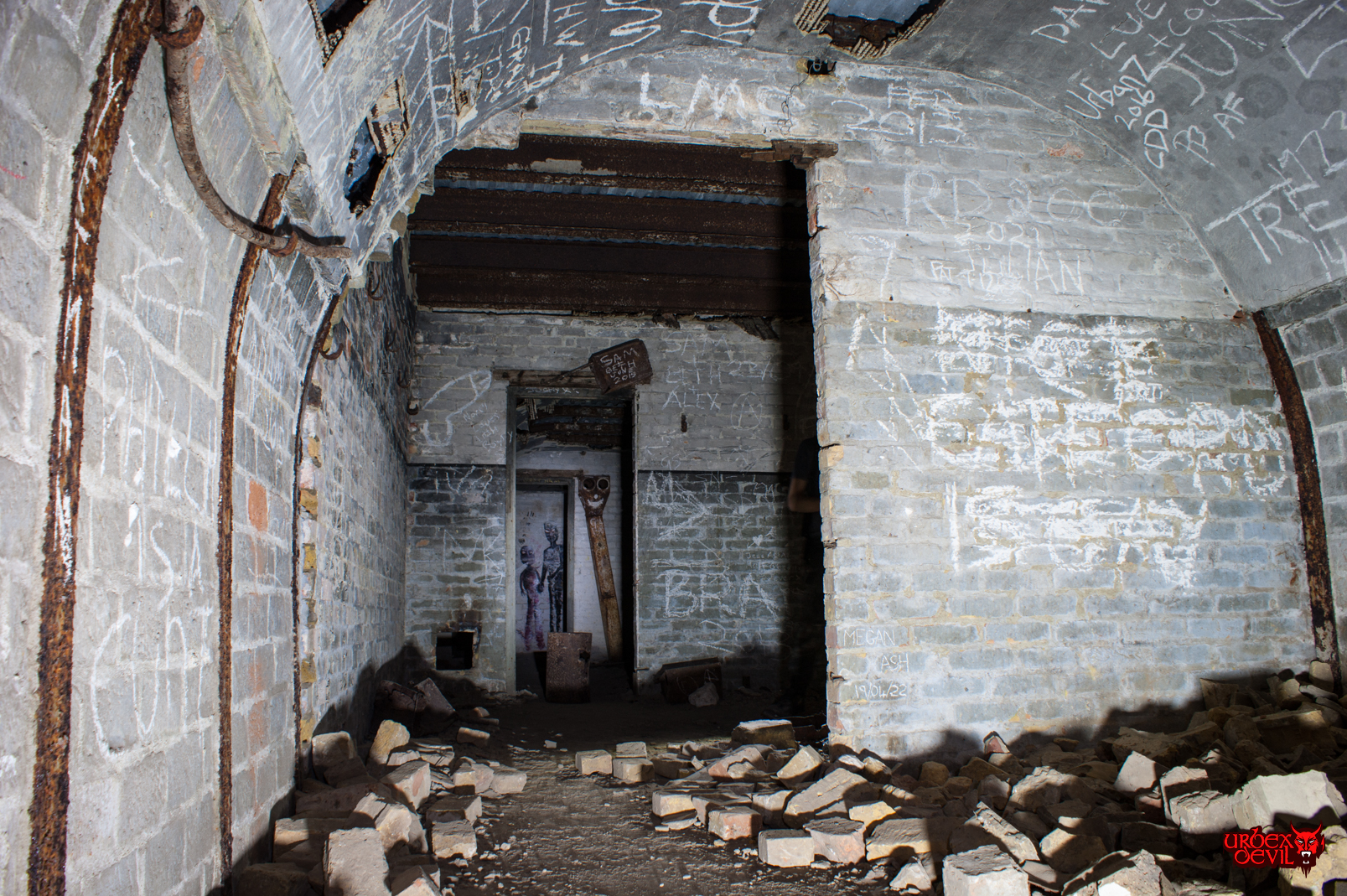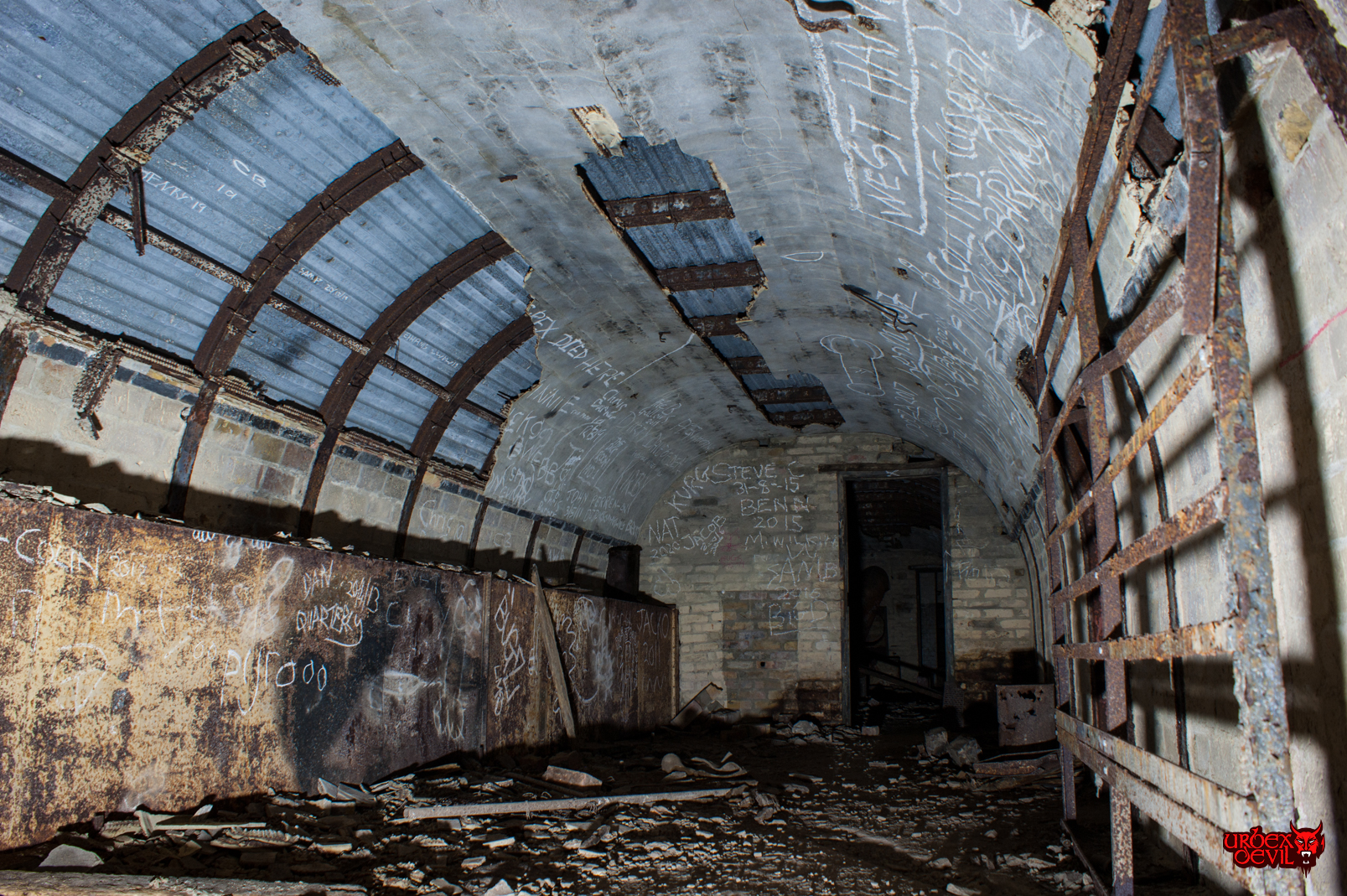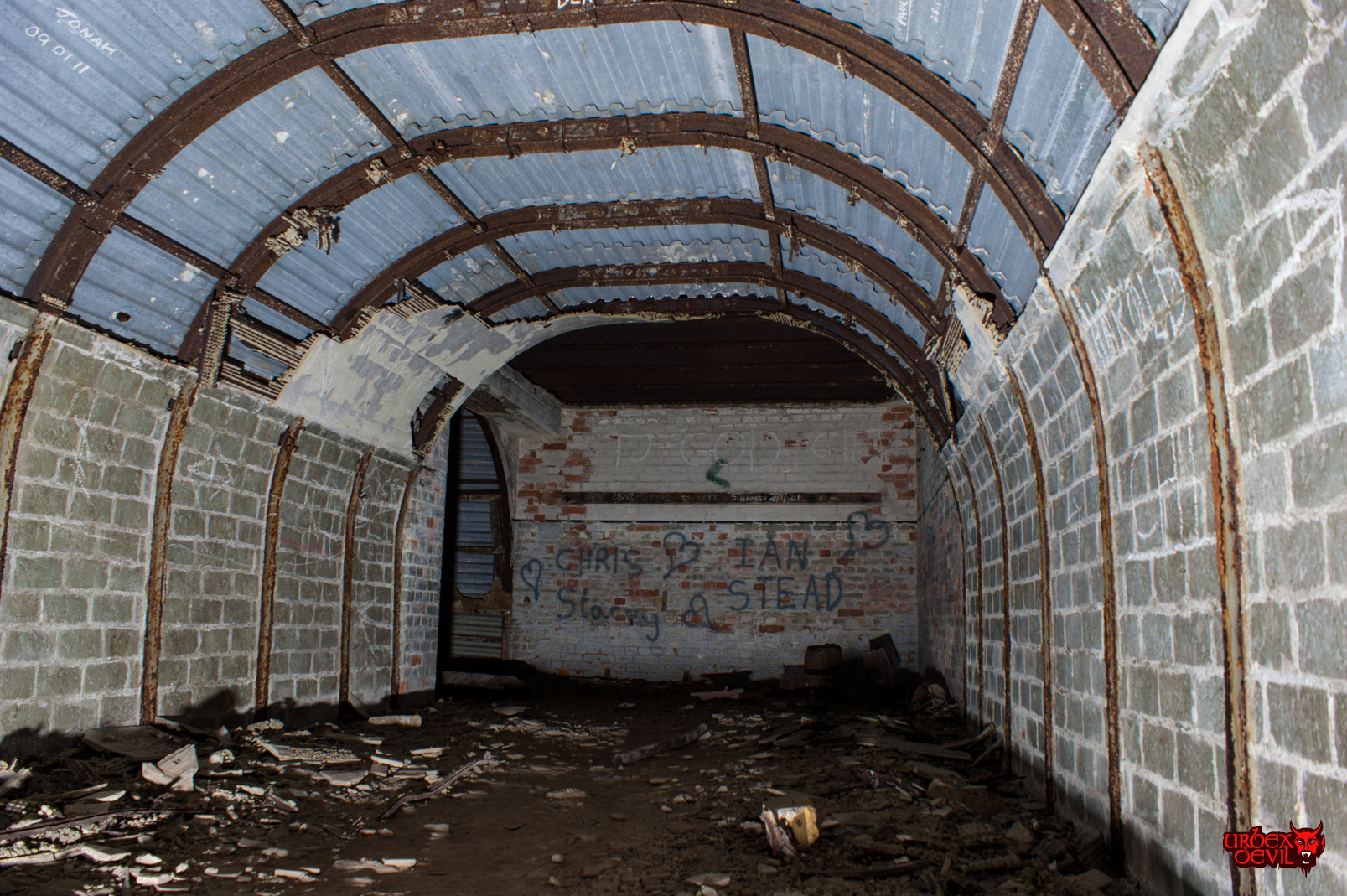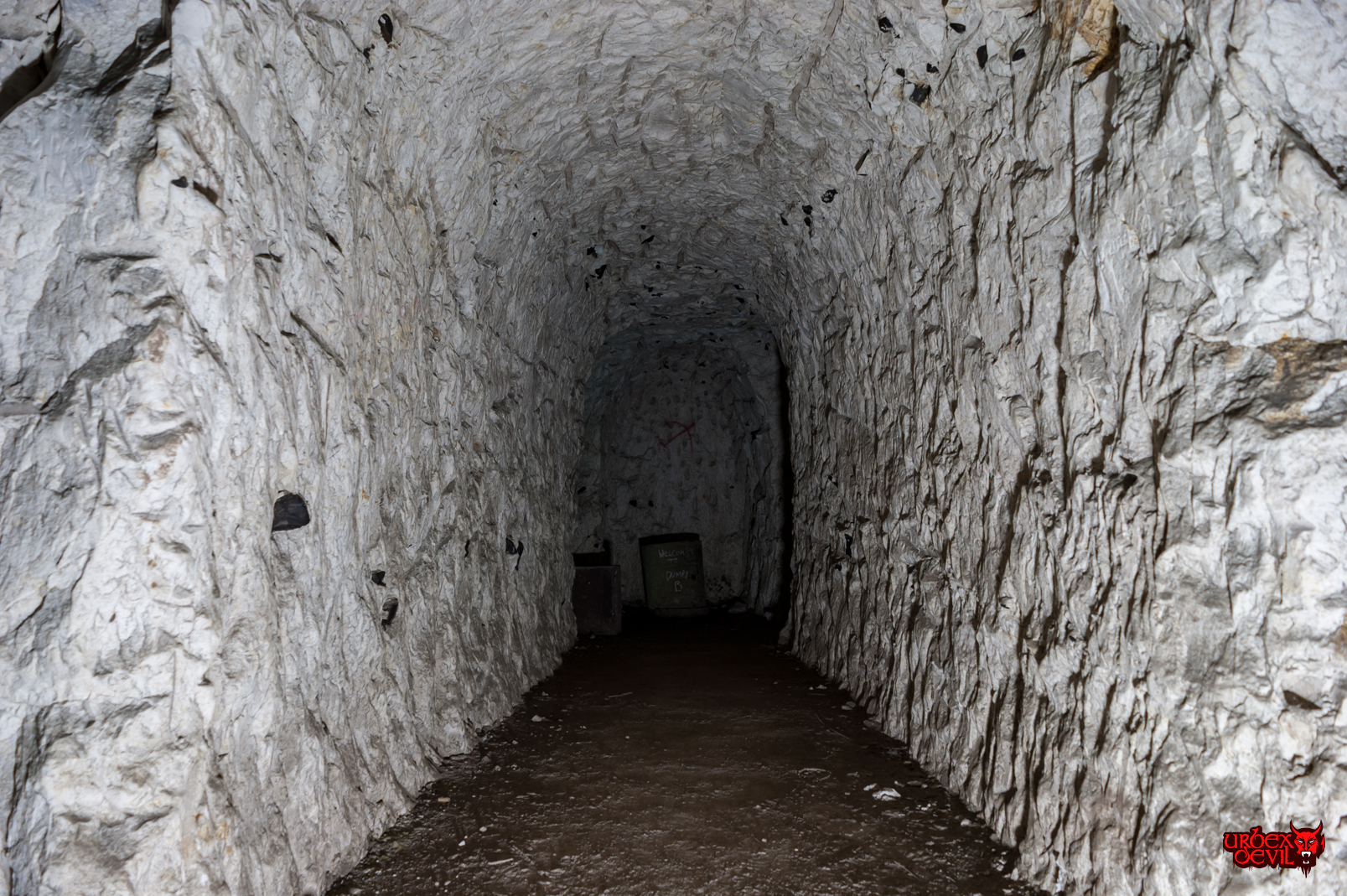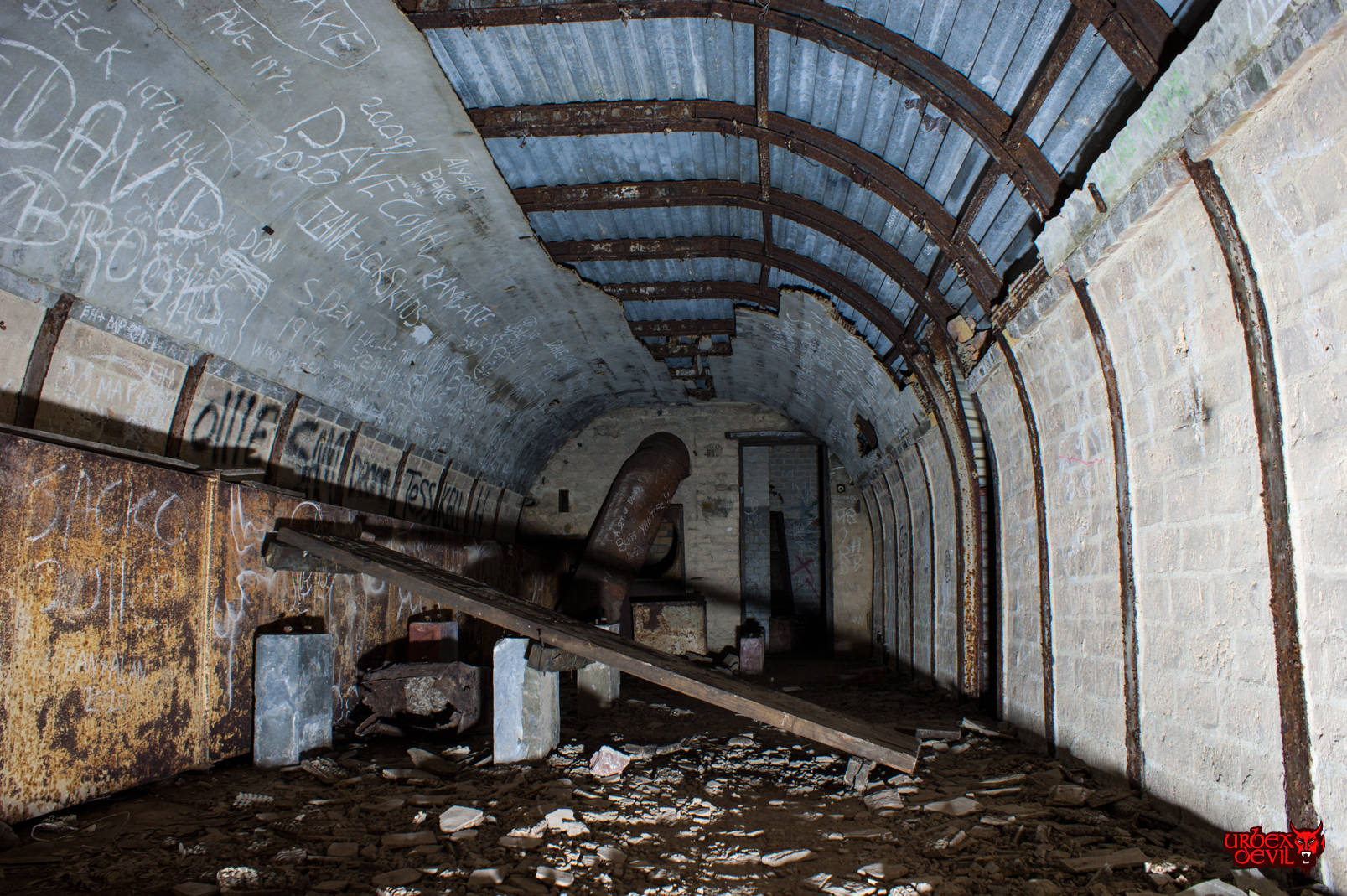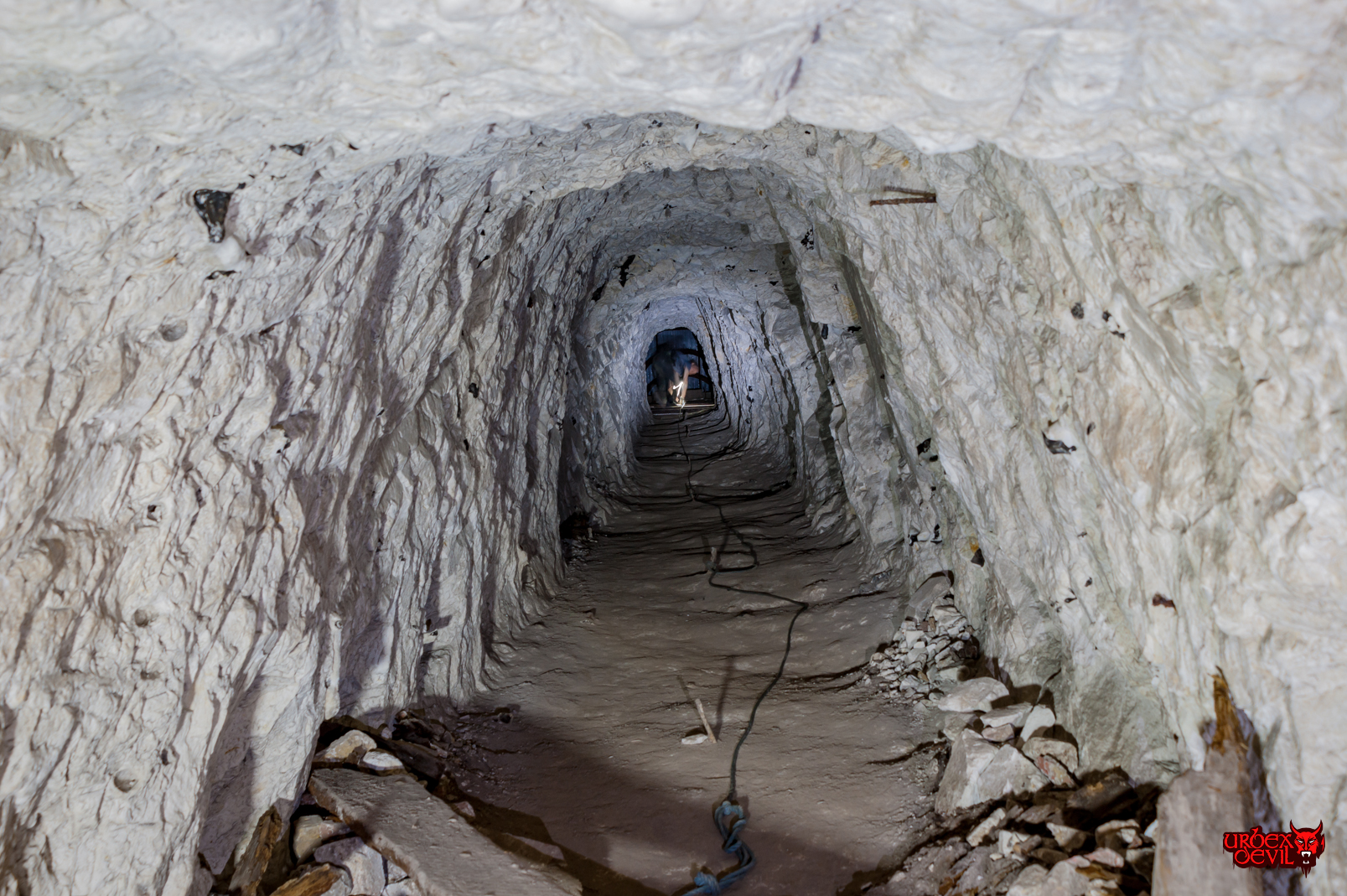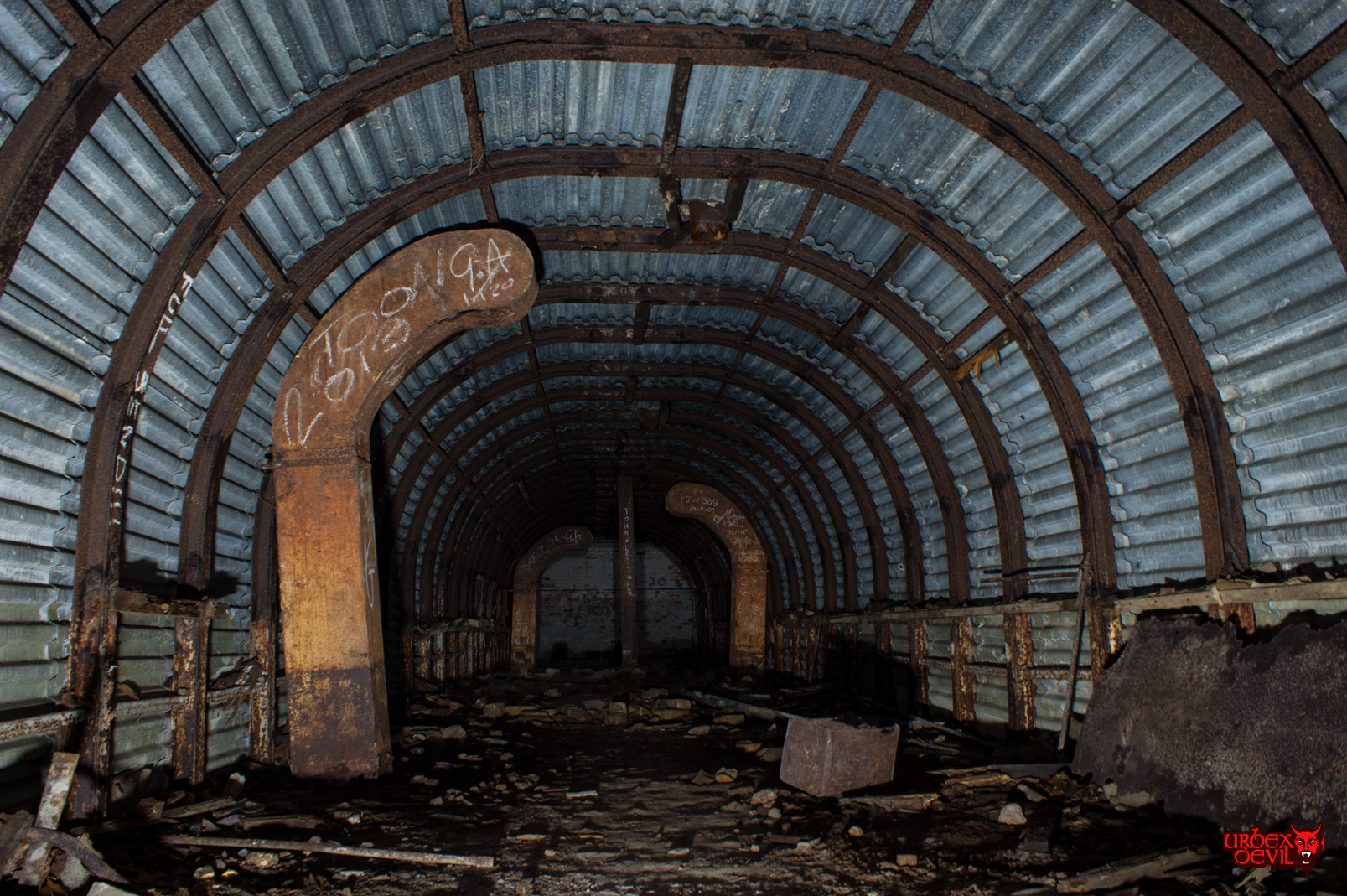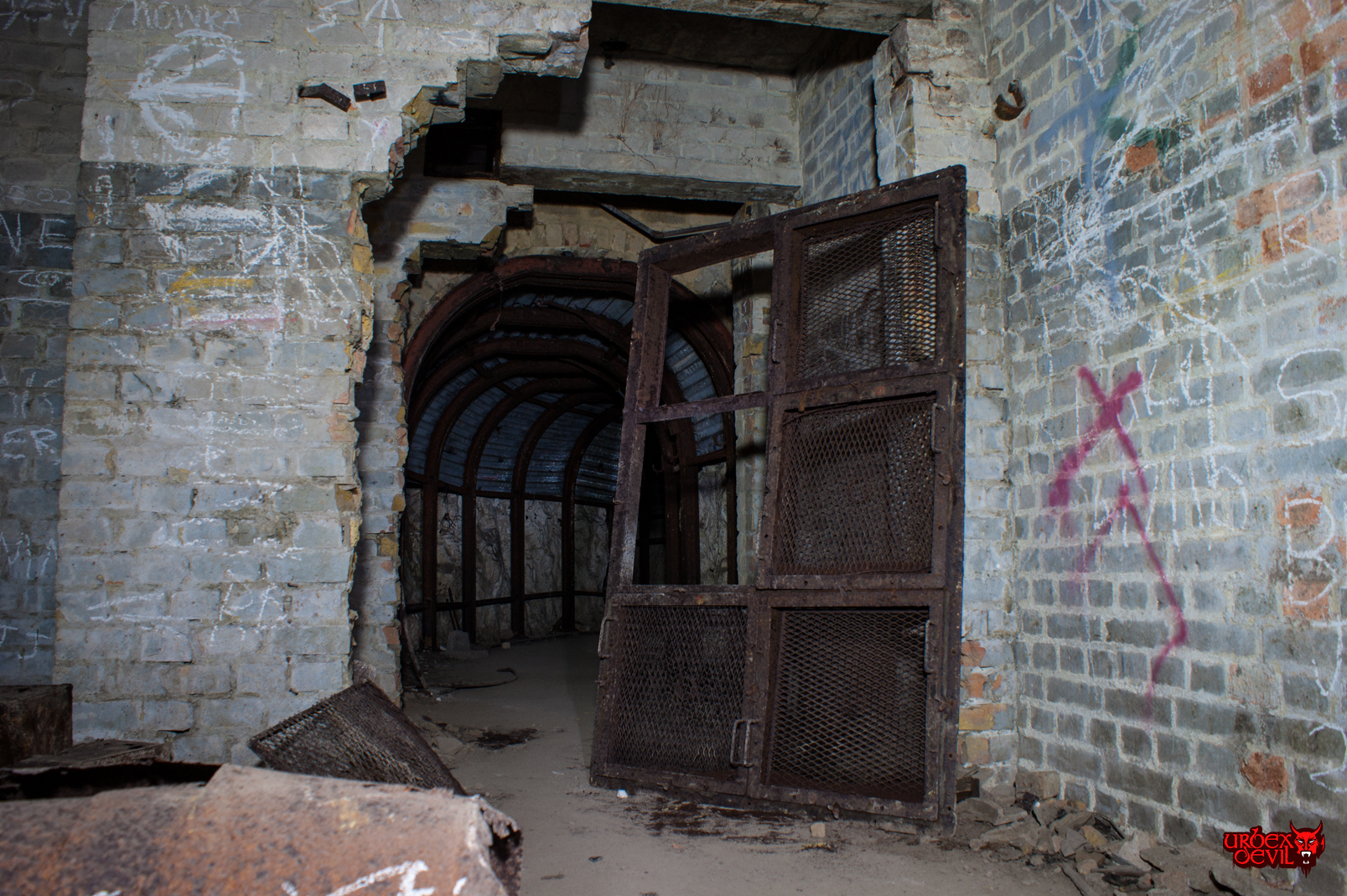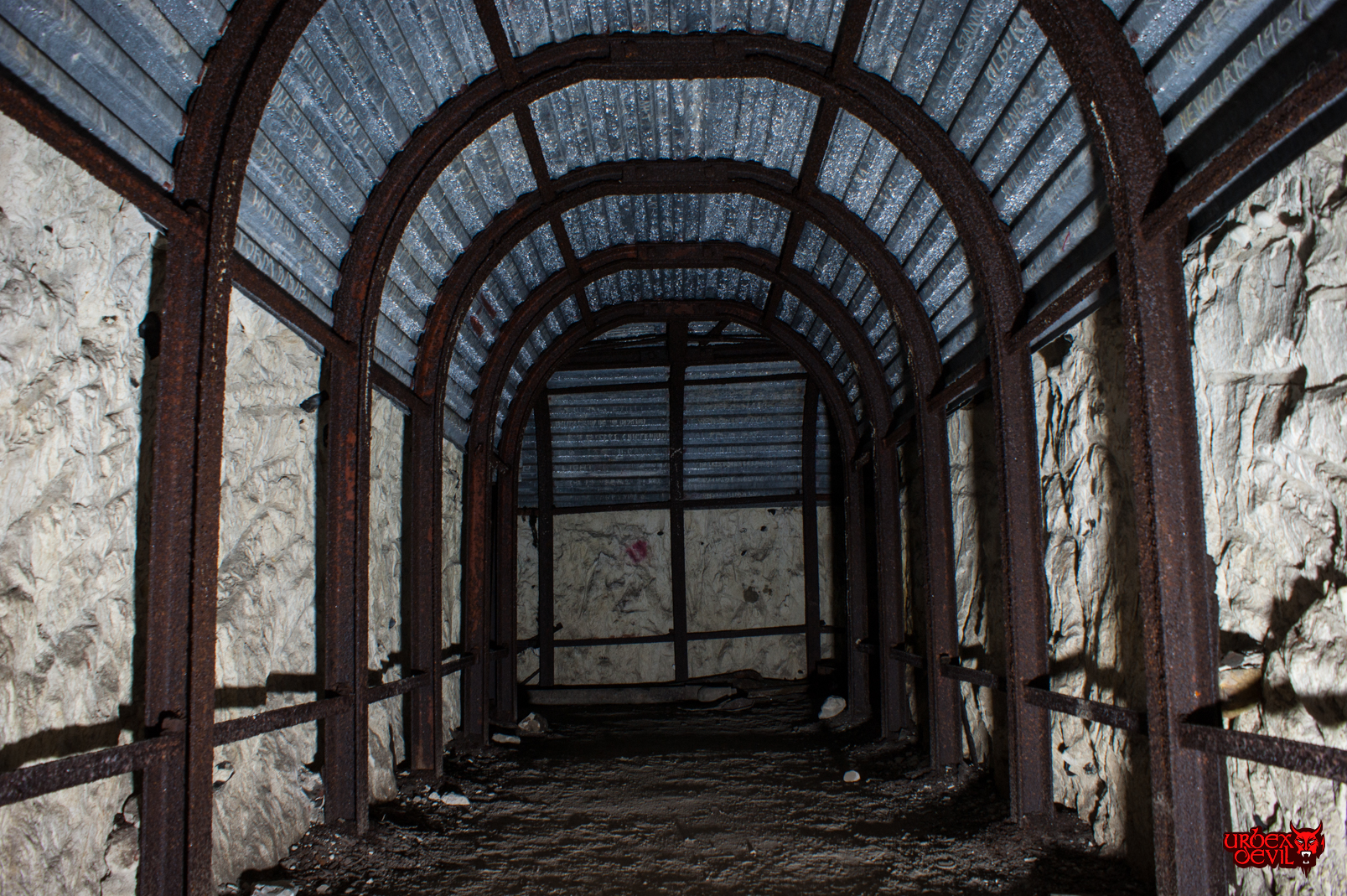The Dover saga continues with the third trip back into Kent with the sights set on good old Dumpy B. Another spot we missed on the previous trip.
After enjoying some sights from the nearby carpark with a few chocolate croissants the short trip over to the entrance in the morning sun seemed pleasant.. right up until the moment of deciding rope was needed for the abseil down into the bunker.
A short hop back to the car to retrieve some conveniently packed rope and a short hop back, we were finally on our way down the entry slope.
The bunker hasn’t changed much over the years in comparison to pictures going back 15 years with the addition of seeing the creepy figures on the wall that I have seen so many times online.
It’s almost become a mission to access all of the remaining tunnels in Dover too!
The obligatory history pinched from Subbrit
The bunker at Langdon Hole was built in late 1942 as one of the joint operation headquarters at Dover’s two underground wireless outstations. The Dover headquarters was based in the Dumpy level tunnels at Dover Castle, and Langdon Hole was thus often referred to as “Dumpy B” (“Dumpy A” was at Long Hill).
The structure looks superficially like the coastal artillery deep shelters nearby, having the same structure of vaulted steel sheeting supported by colliery hoops, but there are many differences from the access stairs to the remaining plant.
The only surviving access today is via the western entrance which included rails to allow heavy equipment to be brought in or removed, while the other entrance is blocked. Both stairs have unusual knuckle-like offsets at their bases before the bunker itself is accessed.
The complex comprises a pair of parallel longer tunnels, the rearmost one originally containing the wireless station, while the foremost was for crew accommodation and everything else. These are linked by shorter link tunnels whose function is unknown, and there are additional spurs, the largest of which contained the generator that powered the plant and lighting.
Ventilation towers with moveable eyeball-like nozzles are another unusual feature, and are only otherwise found locally in the Dumpy tunnels at Dover Castle. They are believed to have a naval origin. The size of the ductwork is much greater than at the artillery deep shelters presumably due to the need to cool temperature gains from the mechanical plant.
Other unusual features include the flat-topped vaults and block wall lining.
The rendered ceiling panels are believed to contain asbestos and as much of this has collapsed and is disturbed during access, it is strongly recommended that the site is not entered.
The National Trust are currently looking into the possibility of making this safe and opening this to the public in a similar manner to Fan Bay’s deep shelter


